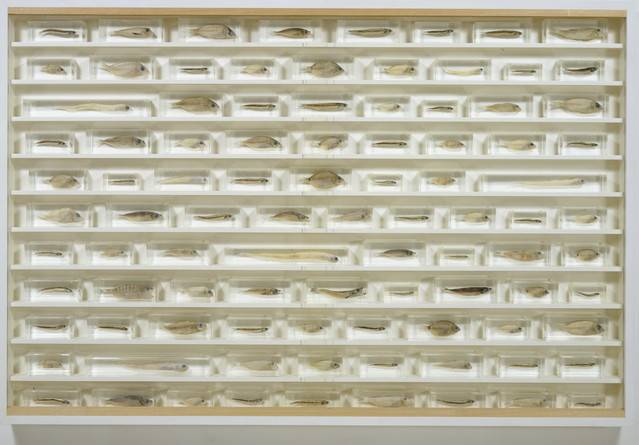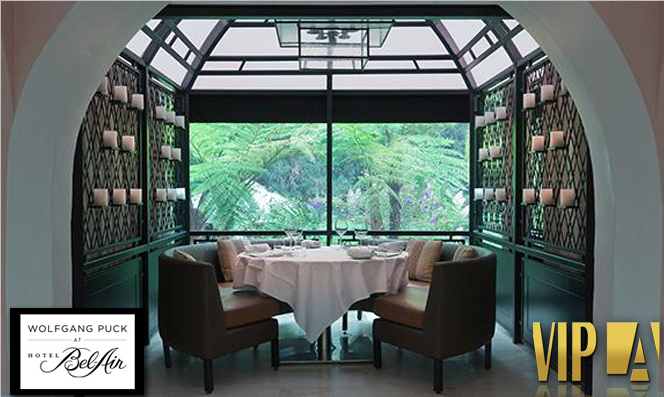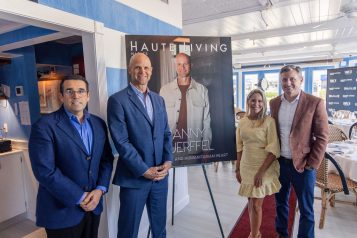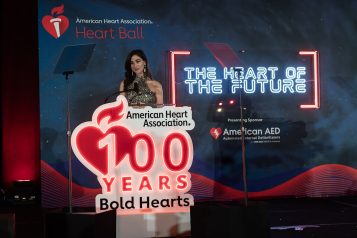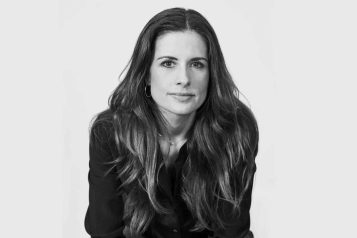A sculpture of 100 fish made by Damien Hirst was purchased for $2.8 million.
Billionaires including Francois Pinault and Bernard Arnault browsed the FIAC art fair alongside L’Oreal honorary chairman Lindsay Owen-Jones and Martine Aubry. New York-based curator for Lightyear Capital, a U.S. private-equity firm, Matthew Armstrong said, “The fair has a zip to it this year.”
Million-dollar sales will help the art market’s confidence, which has been shaken by financial volatility. Wealthy collectors from around the world are searching for pieces by established names as dependable investments as economics falter.
Hirst’s 1993 cabinet, “Where Will It End,” which features fish in formaldehyde, sold on the morning of the preview to a European collector on the booth of White Cube, which was among 33 galleries either returning or showing for the first time at France’s largest fair, known as the Foire Internationale d’Art Contemprain (FIAC). In what was the 38th edition, the fair brought together 168 galleries from 21 countries to the Grand Palais.
Todd Levin, a New York-based adviser, said, “I look for a sense of liveliness at a fair, and I find more of it here than at Frieze. If dealers exhibit at both fairs, the quality of the booth tends to be a notch higher here in Paris.”
The Paris event combines pieces by emerging artists with big-ticket works by artists such as Pablo Picasso and other 20th-century modernists. Having older works, such as a 1960s Picasso “Musketeer” painting on the booth of Gagosian priced between $6 million and $8 million, encourages exhibitors to bring higher-quality contemporary pieces, according to dealers.
A Connecticut-based collector David Rogath, who didn’t attend this year’s Frieze, said, “For me, it’s more interesting to see the cutting edge combined with classic works.”
Glenn Scott Wright, director at London’s Victoria Miro Gallery, said, “It’s more international this year. Last year, it was very French. There are more Americans and curators this time.”
Smaller emerging galleries were located on the upper level of the Grand Palais. Paris dealer Loevenbruck offered a group of works by the late Polish artists Alina Szapocznikow, a survivor of the Bergen-Belsen Nazi concentration camp who died of cancer in 1973. All of the works had been released for sale from the artist’s estate.
Source: Bloomberg







